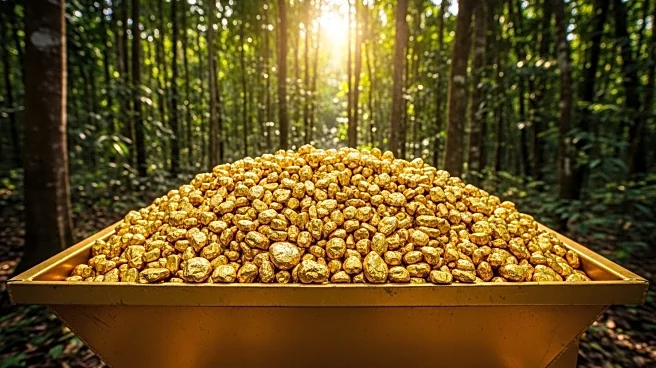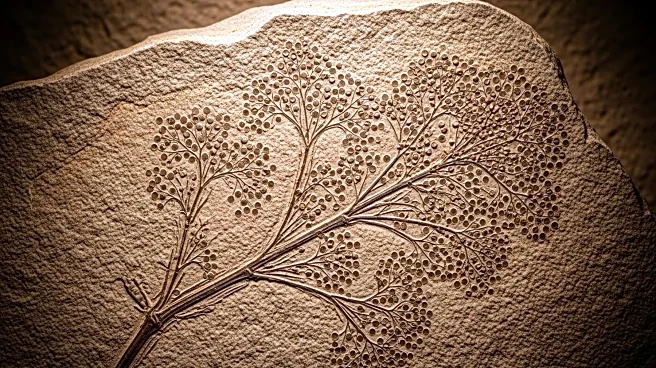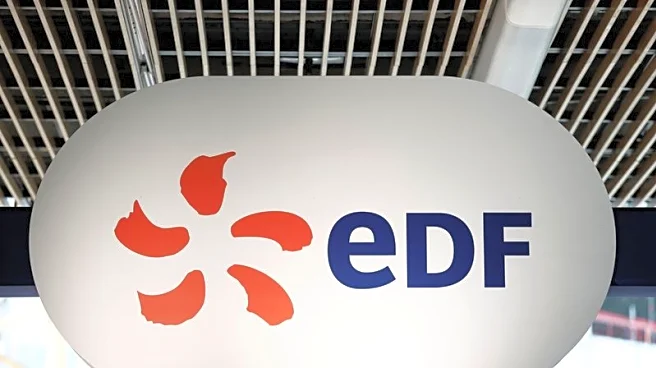What's Happening?
An international team of scientists has discovered exceptionally preserved plant spores within a 296-million-year-old lycopsid fossil from the Paraná Basin in Brazil. The spores, embedded in the plant's reproductive tissues, provide a rare glimpse into plant diversity and reproduction during the Permian period, before the rise of dinosaurs. The study, led by the University of Vale do Taquari, challenges previous classifications of the fossil and introduces a new genus, Franscinella, based on detailed anatomical and palynological data.
Why It's Important?
The discovery offers valuable insights into the evolutionary pathways of early vascular plants and the ecological dynamics of the Permian period. It enhances the understanding of plant ecosystems before the end-Paleozoic mass extinction, contributing to biostratigraphy and the dating of rock layers. The integration of macrofossil and microfossil evidence provides a more comprehensive view of prehistoric flora, aiding in the reconstruction of ancient ecosystems and informing current biodiversity studies.
What's Next?
The findings may lead to further exploration of the Paraná Basin and other regions for similar fossil-spore associations, potentially uncovering more about Permian plant life. The study's techniques could be applied to other fossils, improving the resolution of historical timelines and enhancing the understanding of plant evolution. Collaborative efforts between institutions may continue, expanding the scope of paleobotanical research and fostering advancements in fossil analysis.
Beyond the Headlines
The research highlights the importance of interdisciplinary collaboration in scientific discoveries, combining expertise from various fields to achieve comprehensive results. It underscores the role of modern technology in uncovering ancient mysteries, demonstrating how advanced imaging techniques can revolutionize paleontological studies. The discovery also emphasizes the significance of preserving and re-examining historical specimens, as new technologies can reveal previously hidden details.












